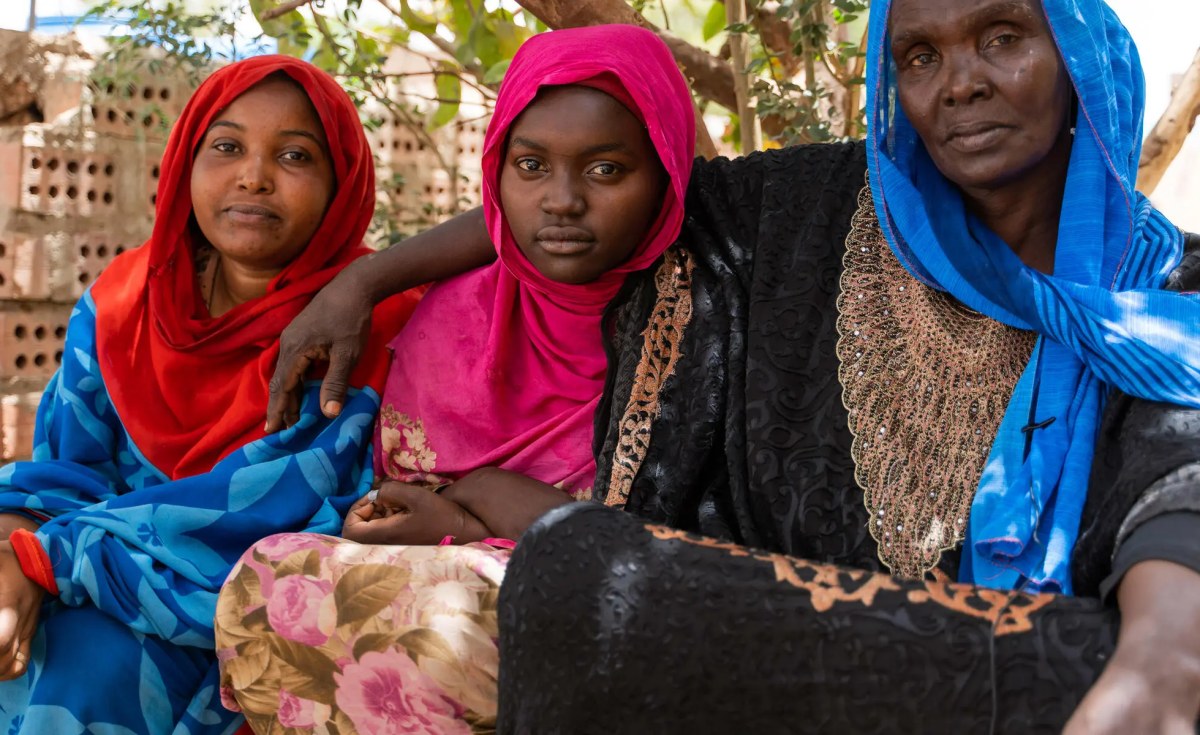Are Ethiopia and Egypt finally laying to rest their millennia-old dispute over the use of the Nile?
That was the hope in the capitals of both countries as Ethiopia, Egypt – and Sudan – signed an agreement last month with French consulting firm BLR to carry out studies on the possible impacts of the 6,000 MW Grand Renaissance hydro-electric dam Ethiopia is building on the Blue Nile, the largest of the river’s tributaries.
Although the Nile river basin straddles about a dozen countries, Ethiopia accounts for roughly 85 percent of the river’s catchment, with the Blue Nile alone providing 59 percent of the Nile river’s total water supply.
The agreement commits BLR to complete a social, economic and environmental impact study in eleven months at a cost of US4.5 million payable by the three countries.
Motuma Meqasa, Ethiopia’s minister of water, irrigation and electricity, insists the agreement will not hinder the construction of the dam which is already more than 50 percent complete.
Construction began April 2011, at the height of the Egyptian revolution, provoking suspicion among some Egyptians, that Ethiopia was taking advantage of the distraction to proceed with the controversial project.
However, Meqasa admitted the report of the impact studies would determine how fast the dam fills up. If it is allowed to fill too fast, it could deprive the downstream countries, Sudan and Egypt, of vital water. Egypt, in particular, is heavily dependent on the Nile for its water. But if it fills up too slowly, it would deprive Ethiopia of electricity.
The Nile dispute mostly pits Egypt against Ethiopia. However, the two countries don’t share a common border and in between them is Sudan which has mostly sided with Egypt on the issue.
Abebe Aynete, a senior researcher at the Ethiopian Institute of Peace and Development (EIIPD), said Sudan’s recent accommodative stance towards Ethiopia building the hydro dam should not be seen as a “slap” in the face of Egypt. Rather, it stemmed from Khartoum’s belief in a win-win solution.
“The three countries have common economical, touristic and security themes, facing the common threat of terrorism,” he said, adding that misguided pronouncements from leaders of the three countries had delayed the inevitable consensus over the dam.
In the late 1970s, Ethiopia’s military leader, Mengistu Hailemariam, proclaimed that he would dam the Blue Nile, provoking Egyptian President Anwar Sadat to threaten war to stop him.
And in June 2013, Egypt’s President Mohammed Morsi chaired a meeting of advisers which was mistakenly broadcast where threats were made to support rebel groups fighting the Ethiopian government, or even to bomb the dam from the air.
But Aynete insists there’s more that binds the two countries than divides them.
Aynete sees no reason why the three countries cannot cooperate in the mutual utilisation of the Nile.
“Ethiopia, Egypt and Sudan have the opportunity to create an East African Community (EAC)-type economic union in Northeast Africa, with the 6,000 MW dam being an anchor,” he argued.
Alex De Waal, Executive Director of World Peace Foundation (WPF) agreed, adding that with Ethiopia and Egypt both being status quo nations averse to revolutionary changes, he saw no reason why they could not cooperate on the Nile pproject.
He added that with Egypt becoming less reliant on agriculture and more on manufacturing, the services sector, oil and gas and the commerce that goes through the recently-expanded Suez Canal, it’s economic reliance on the Nile was diminishing.
However, he conceded Egyptians have a strong psychological affinity to the Nile, which unpopular Egyptian leaders could use as a diversion from domestic woes.
Meqasa said Ethiopia sees two of the dam’s turbines start generating 750 MW of power by 2017.
Ethiopia has contracted the French company to install eight turbines, each with 375 MW of generating capacity, at a cost of US$337 million. Eventually 16 of these turbines will be installed.
Meqasa said after the dam has been completed, which should happen in 2018, it would connect Ethiopia, Egypt and Sudan in an East Africa Pool Scheme (EAPP) where energy would be used as a medium of economic cooperation.
Overall, Ethiopia plans to generate 17,300 MW of energy by 2020, almost quadrupling its present output of 4,400 MW. Ethiopia’s second largest hydro project, the 1,870 MW Gibe III, is almost complete and is already generating 620 MW of electricity.







